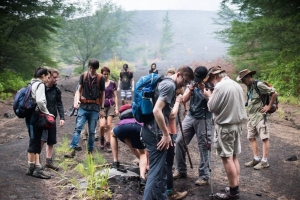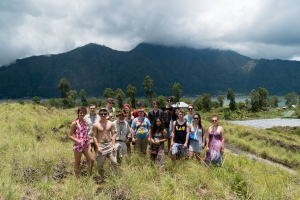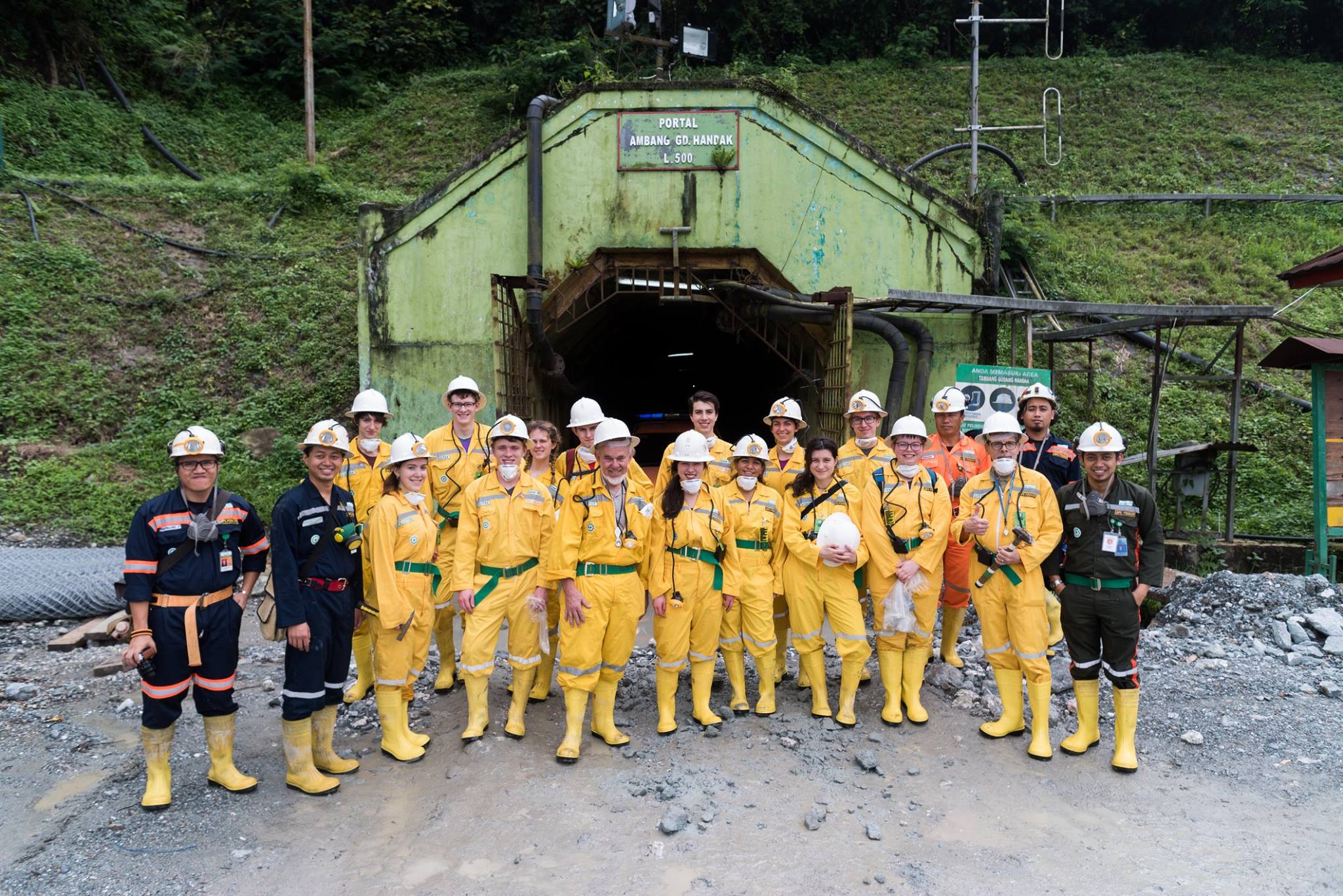In many programs at McGill, experiential learning opportunities are difficult to access. A student group with a passion for geology has found their own solution to this frustrating barrier. Every year, students from the earth and planetary science department organize a reading week field trip to a geologically-rich region of the world. Founded in 1978 by Professor Anthony Williams-Jones, the field trip—dubbed the “Willy” trip in honour of its founder—offers McGill students a chance to gain first-hand experience in the field of geology. Williams-Jones, professor and Logan Chair in the Department of Earth and Planetary Science, is still involved in helping students facilitate the trip, though it is mostly student-run from start to finish.

The process begins in the Fall semester, when interested students meet to decide on a destination. They discuss a number of prospective locations, and the group votes by process of elimination. This year, the group chose Guatemala from a list that also included Mexico, Tanzania, and Morocco.
After choosing a destination, students split the complex undertaking of organizing the trip into smaller subtasks: Some students focus on reserving flights, contacting geologists in the decided location, or fundraising. This year, the 15 student attendees of the trip raised over 10,000 dollars to fund their voyage. Others plan the itinerary, which usually includes mine visits and tours of geological features like volcanoes, mountains, reefs, calderas, or caves, complemented by culturally-enriching activities and visits.
Daphne Saint-Denis, a U3 earth and planetary science major, described her experience on this year’s Willy Trip.
“[It’s] an incredible learning experience in the sense that we need to plan, research, and organize the whole thing and as a team too,” Saint-Denis said. “It is basically a really fun and non-formal way to gain geology field experience, which is really important for our learning process.”
After all of the planning this year, the students enjoyed two weeks in Guatemala. The country’s unique geology is thanks to its location in a triple junction—a place where three tectonic plates meet. This feature has resulted in exciting geological phenomena like volcanism, metamorphism—or changes in the composition of rock—and sedimentation.
“For me, a big highlight was our snorkelling day in the southern tip of the Belize reef,” Saint-Denis said. “We also got to climb an active volcano, which was huge for everyone on the trip really.”
For Zach Kowalsky, also a U3 earth and planetary science major, the best part of the trip was visiting the Tikal National Park. Tikal, located in Northern Guatemala’s Petén region, is one of the most important archaeological complexes left by the Mayan civilization, and consists of numerous ruins dating back to 600 B.C. The region surrounding the ruins, known as the Maya Forest, is home to diverse landscapes and species.
Kowalsky described his experience at Tikal National Park to The McGill Tribune.
“We were there from the early morning until it closed, and it had a multitude of paths walking through the jungle, where you could appreciate the nature of the region,” Kowalsky said. “We spotted spider monkeys and howler monkeys in their natural habitat, which was pretty surreal.”
The next Willy Trip is set to take place in March 2019, with preliminary meetings beginning during the Fall 2018 semester. Although it is recommended that participants have taken one or two geology classes prior to participating, the trip is open to any McGill student with a feverish interest in geology and who is willing to commit the time and hard work to organizing the trip.










